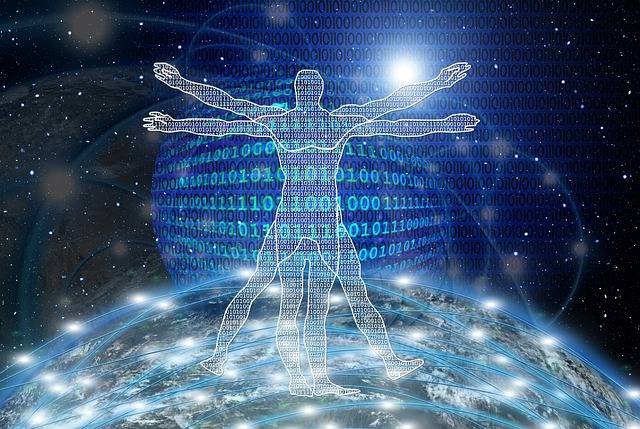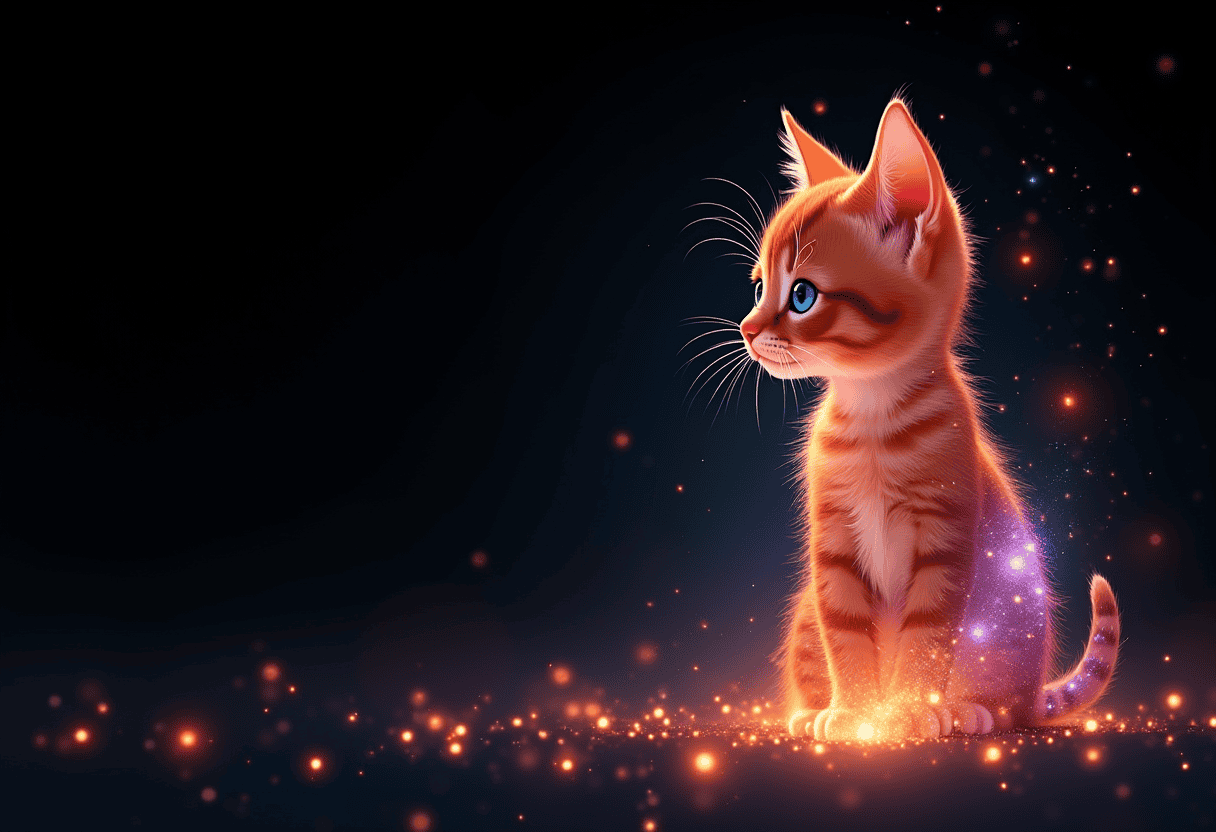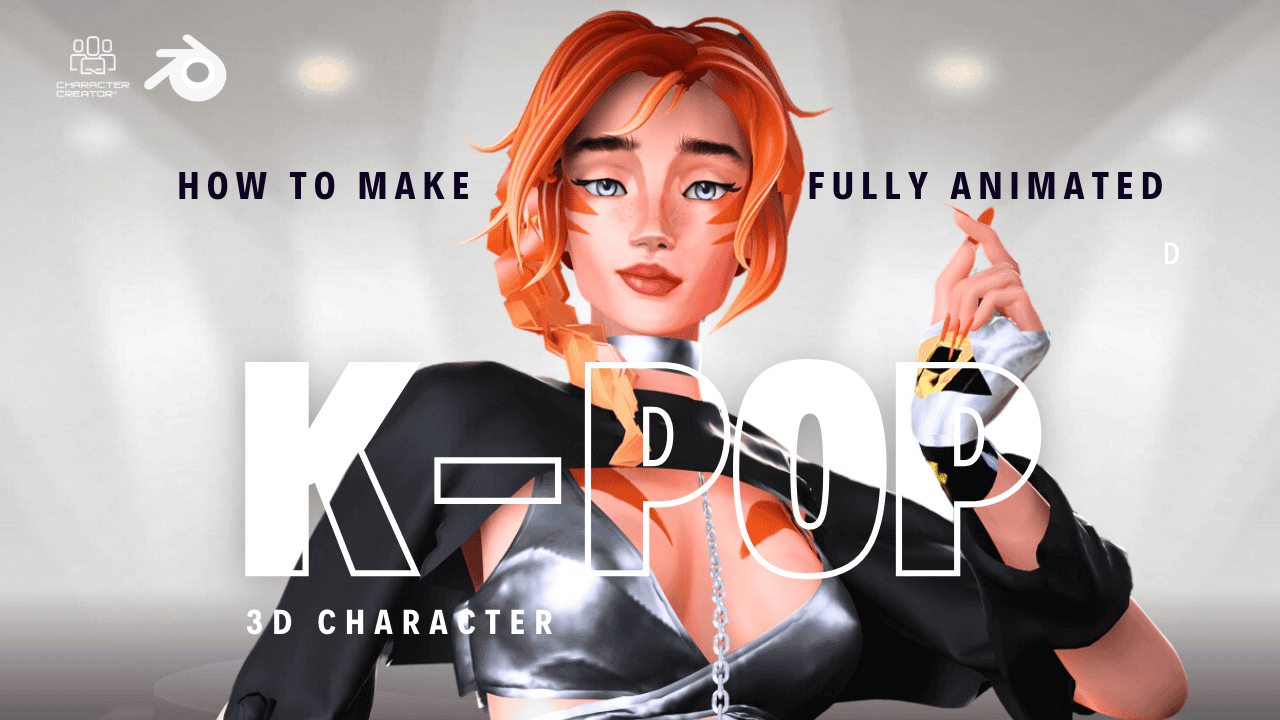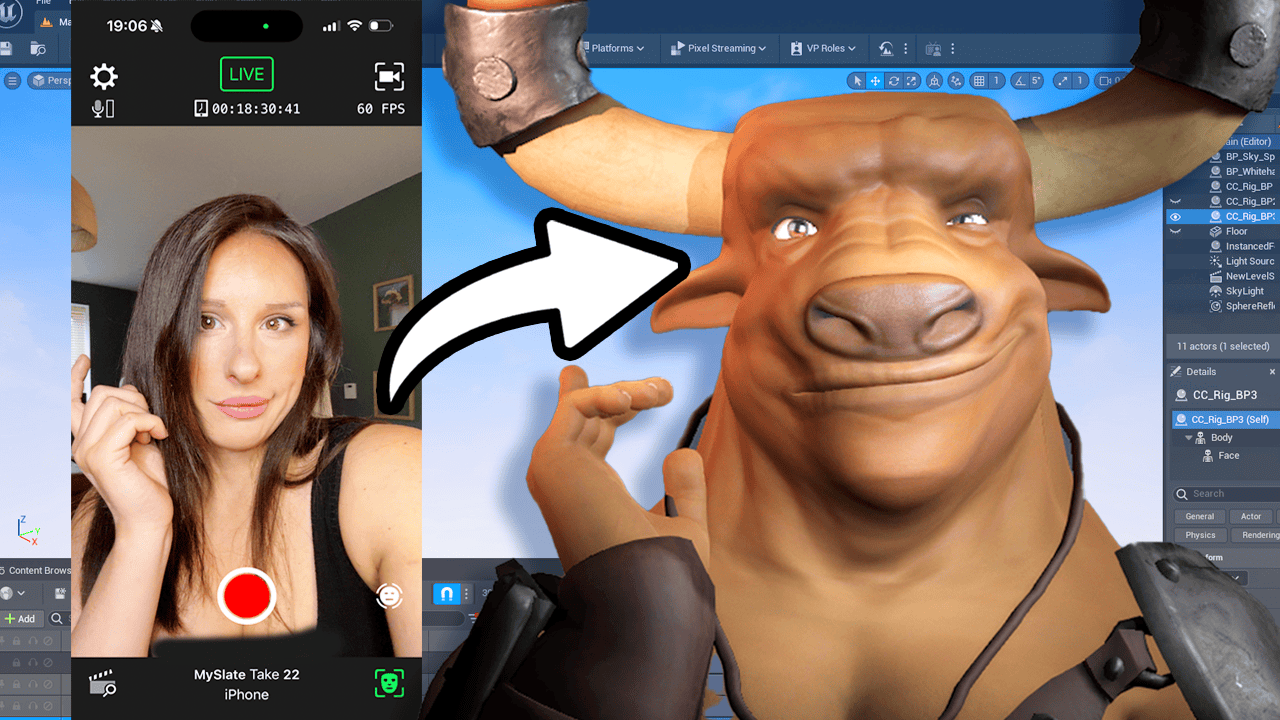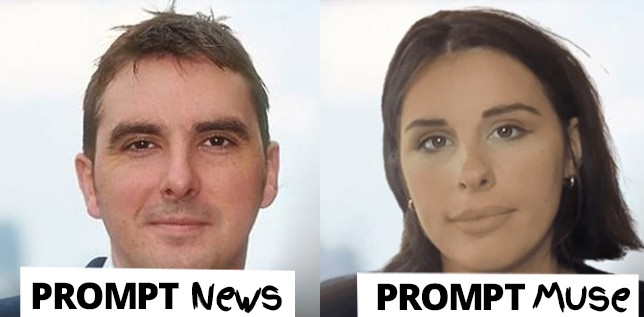We live in a time that as a viewer of art we can no longer distinguish between what was created by man vs what has been generated by AI. This no longer only applies to traditional art but also to photography.
As you can imagine this is a hotly debated subject within the AI and art communities.
With AI tools evolving rapidly the questions everybody is asking are, can AI art be copyrighted or more controversially is it infringing artists creative rights?
Interestingly it is not illegal for AI tool developers to use datasets for machine learning, under a creative commons license. Analysing artwork and replicating elements. This is all in the name of research.
But the waters get murky when an end user of such AI tools, like yourself and I create outputs from database sets trained on artworks scrapped from the internet and fed into the AI neural network.
Of course, many will seek to profit from AI artwork commercially. Cue floods of unsolicited artwork flooding the print-on-demand market. These algorithms may be based on unassuming artists that were previously believed their works were copyrighted by law, and sadly find the elements of their artwork replicated in a click of a button and printed on merchandise.
In layman s terms, the AI algorithm is pulling various parts from the trained dataset, the art that is created is essentially a Frankenstein of information. It will never return a replica, just an influenced style. Unfortunately, your style cannot be copyrighted. Copyright does not protect ideas and concepts.
This year, Kris Kashtanova created an AI-generated novel with Midjounry. Kashtanova novel artwork soon went viral and with the help of a lawyer friend, she applied for the copyright granted under visual material under the Copyright Office of the USA.
Interestingly enough Kris Kashtanova artwork bears a resemblance to the popular actress Zendaya, which raises further questions about likeness laws. However, copyright law will only be applied if legally challenged.
There is a growing movement where communities would like the training sets of the AI tools to be published publicly, allowing artists and creatives to be able to retain credit publicly for the contribution of their work generated by AI.
